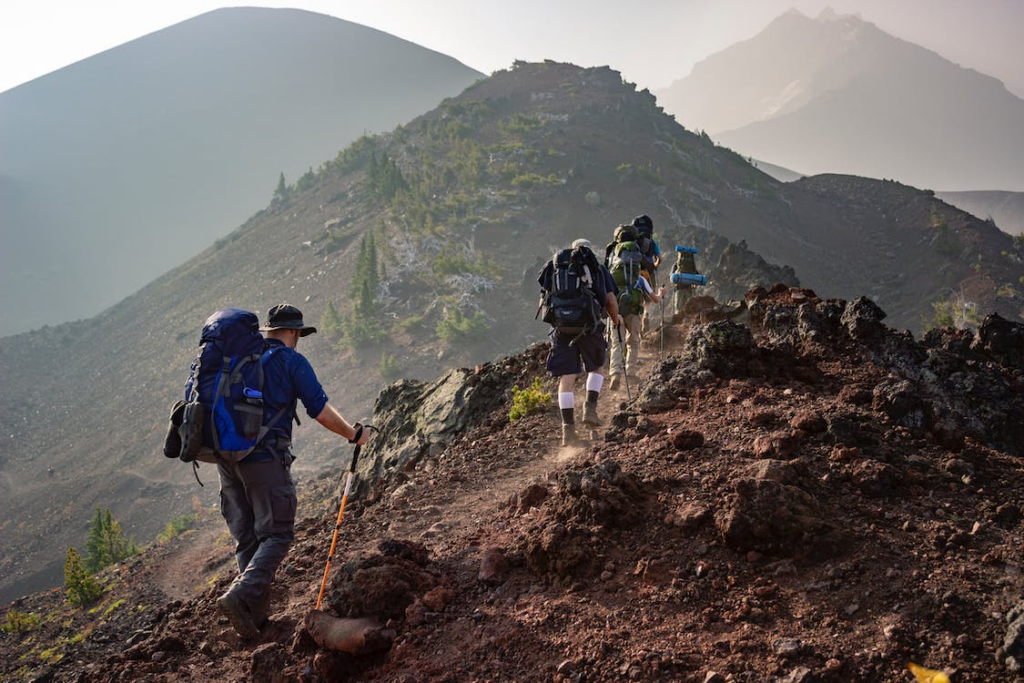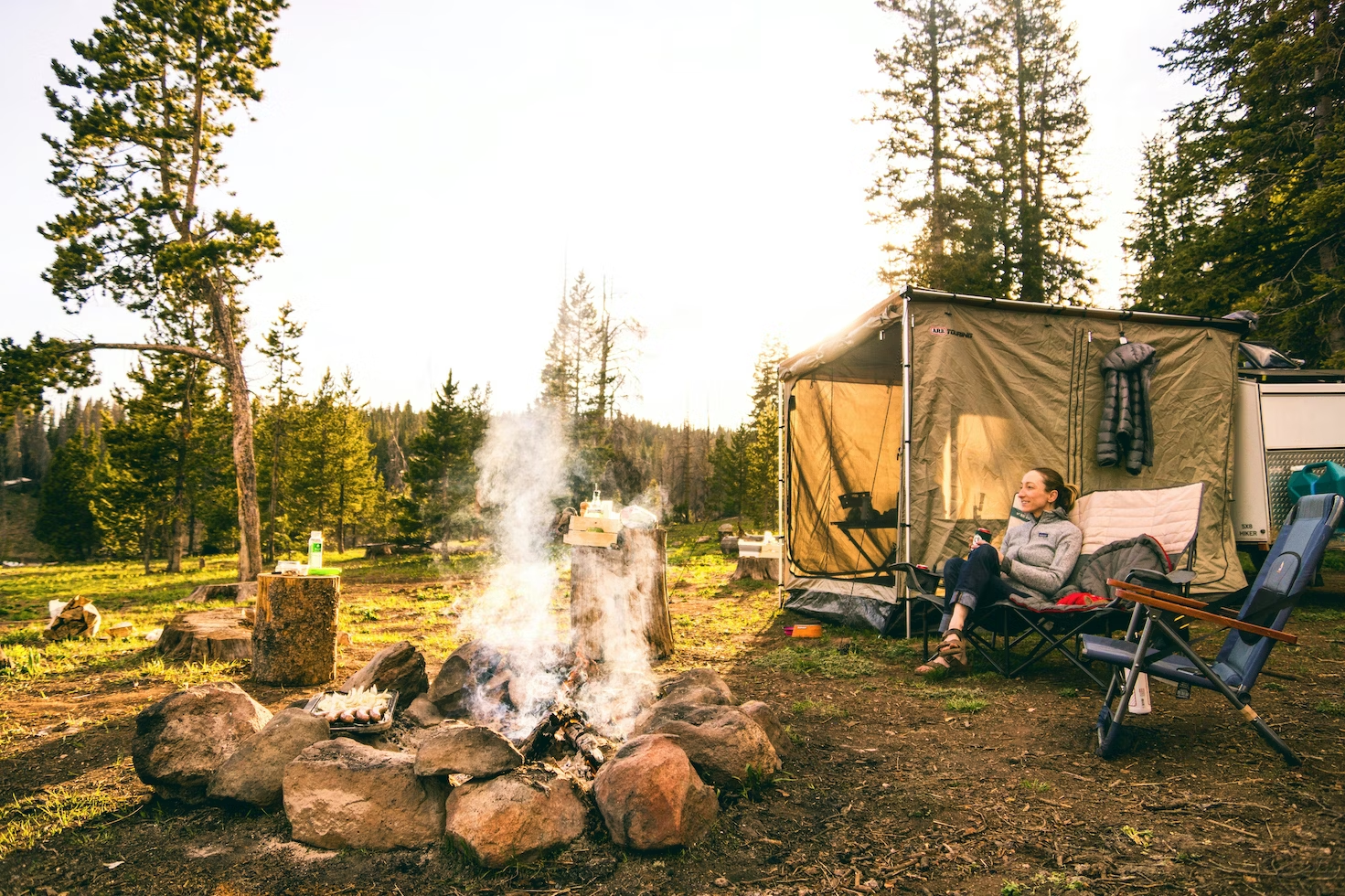Whether you’re a rookie or a seasoned explorer, this ultimate wilderness packing guide can help you prepare for the thrilling exploits that await.
Wilderness adventures require meticulous preparations to ensure a seamless experience. Equipping yourself with the right tools and supplies is crucial in exploring the untamed nature. It would help if you balanced, ensuring safety and maintaining comfort.
As such, we’ve listed the appropriate items for your escapades. Whether you’re a rookie or a seasoned explorer, this ultimate wilderness packing guide can help you prepare for the thrilling exploits that await.
The ultimate wilderness packing checklist
Before setting foot in the wild, here are the must-have items you should organize:
Appropriate backpack
Ordinary backpacks aren’t ideal for the great outdoors. You must use a heavy-duty one so you can bring everything you need.
Preferably, here are the size guidelines based on excursion lengths:
- Weekend trips (one to two days) – 35 to 55 liters
- Three to six days – 55 to 70 liters
- Trips lasting more than a week – 65 liters and above
Other features to ensure are durability, waterproofing, hydration bladder holder, and compartments.
- Durability – One of the most popular fabrics for durable backpacks is ballistic nylon
- Waterproofing – The backpack must have water-resistant fabrics and zippers
- Hydration Bladder Holder – Modern backpacks are designed with dedicated compartments for hydration bladders and ports for drinking tubes
- Compartments – The bag must have multiple and spacious compartments that allow easy access and separation of items and distribute weight evenly
Itinerary
An itinerary is essential for any travel. This detailed plan includes destinations, weather limitations, and emergency exit routes. These aspects help you manage your time and make necessary adjustments based on restrictions.
For example, if you’re renting a recreational vehicle (RV) in Oregon, researching the best RV parks in Bend, Oregon, or other cities can help you find one that fits your overnight plans.
Your itinerary also helps you plot a realistic distance, preventing you from traveling further than you can manage. If you’re a rookie explorer, starting with short trips is best, as building skills and confidence for more vigorous voyages takes time.
Toiletries
Maintain your cleanliness and personal hygiene with appropriate toiletries during your escapades. You should bring compact towels and travel-sized toothbrushes, toothpaste, and hand sanitizers. Menstrual products for women are also essential.
At the same time, consider getting biodegradable wipes, soaps, shampoo, and conditioner. These eco-friendly toiletries help you minimize your carbon footprint. Remember that the goal is to enjoy nature while preserving its beauty for future adventurers.
Safety gear
Safety gear helps you address and prevent potentially dangerous situations. These essentials include:
- Fire starters like matches and lighters for cooking and warmth, especially for emergencies.
- A first-aid kit helps treat minor injuries or stabilize severe conditions until medical help arrives. This kit includes sterile gauze, tweezers, safety pins, plasters, bandages, and sterile gloves.
- Navigation items like maps and compasses keep you on track and help you find your way if you get lost.
- Flashlights and headlights with extra batteries are essential for night visibility.
- Knives and multi-tools help with various cutting tasks.
- Emergency whistles let you send signals for help.
- Pepper sprays can protect you from wildlife threats.
- A repair kit with duct tape and other tools will help you fix gear and equipment.
Sleeping essentials
For overnight or week-long expeditions, you should bring comfortable sleeping items to set up and rest on. These essentials include sleeping bags, sleeping pads, and shelters.
Here are the features you should check:
- Sleeping bags
- Temperature rating must match the climate of your destination
- Lightweight but warm
- Non-absorbent
- Compact
- Quick-drying
Sleeping pads
- Choose the type suitable for your needs: air, closed-cell foam, or self-inflating
- Sleeping pads with high R-values (warmth) can resist heat loss to the ground
- Correct pairing with your sleeping bag
- Cushioning, weight, size, and inflation ease
Shelters
- Backpacking tents are enclosed shelters made of lightweight and waterproof materials
- Tarpaulin or tarp tents are flexible sheets of lightweight and waterproof canvas or plastic. However, they are more open and cannot fully protect you from insects and other environmental aggressors
- Emergency tents for unexpected weather events and other emergencies

Hiking and camp clothing
Clothing can add weight to your backpack, so keep your wardrobe as minimal as possible. However, these clothing pieces must be suitable for your exploits. Examples include hiking and camp clothing.
- Wool hiking shirt
- Hiking pants, underwear, and a sports bra with quick-dry fabrics
- Wool socks
- Puffy, fleece, or soft-shell jacket
- Rain jacket and pants
- Baseball or sun hats
- Fleece pants
- Multi-layered jacket
- Long-sleeve synthetic shirts
- Cooking and eating equipment
It would be best if you didn’t rely on campfires for cooking. Bringing equipment that aligns with your meal plan is essential.
A portable stove is ideal if your menu includes oatmeal, dehydrated meals, or anything that requires boiling water. This type of stove is user-friendly and can cook quickly. For frying, using a stove with an exposed burner is best. Don’t forget to bring pots and fuel.
For utensils, bowls and spoons are generally sufficient. But you can also bring a mug for coffee, a pocket knife for slicing, and extra spoons for stirring.
Lightweight foods
Bringing lightweight foods helps avoid overloading your pack. You can choose healthy options such as granola bars, trail mixes, dried fruits, jerky, and crackers. These snacks can provide energy and nutrients while you traverse the wild.
Moreover, consider bringing easy-to-prepare options like instant pasta. Besides portability, they are quick to cook, making them ideal in outdoor setups with limited time and cooking resources.
Water treatment
Water treatment helps ensure water from natural resources is safe to drink. The simplest methods include boiling and adding chemical solutions like iodine and chlorine.
Here’s how to disinfect water for chemical treatments:
Use an unscented chlorine bleach product with disinfection and sanitization labels. The bleach amount depends on the sodium hypochlorite content level and water volume.
Your first aid kit may have iodine. Add five drops of two percent tincture of iodine to each liter of water. Add ten drops if the water is cloudy or colored. Stir and let stand for 30 minutes before use.
You can bring water disinfection tablets that contain chlorine dioxide, iodine, or other disinfecting agents. They are available online and at pharmacies. Remember to follow the usage directions on the product labels.
Other essentials
Don’t forget to bring these essentials:
- Sunscreen and sunglasses for sun protection
- Medications
- Trowels for going number two
- Trash bags
- Trekking poles
- Entertainment items like books and playing cards
- Camera gear for taking photos
- Insect repellents like bug spray, patch, or lotion
Focus on your comfort and safety
The right wilderness gear prioritizes your comfort and safety. This way, you can focus on the fun without worrying about discomfort or unexpected events.
Remember to uphold the “Leave No Trace” principle to protect and preserve the environment.























































































































































































